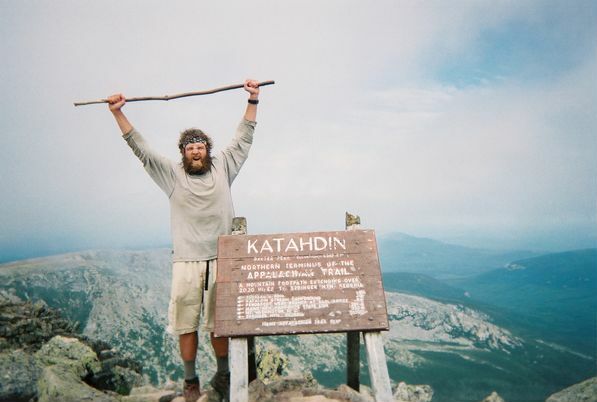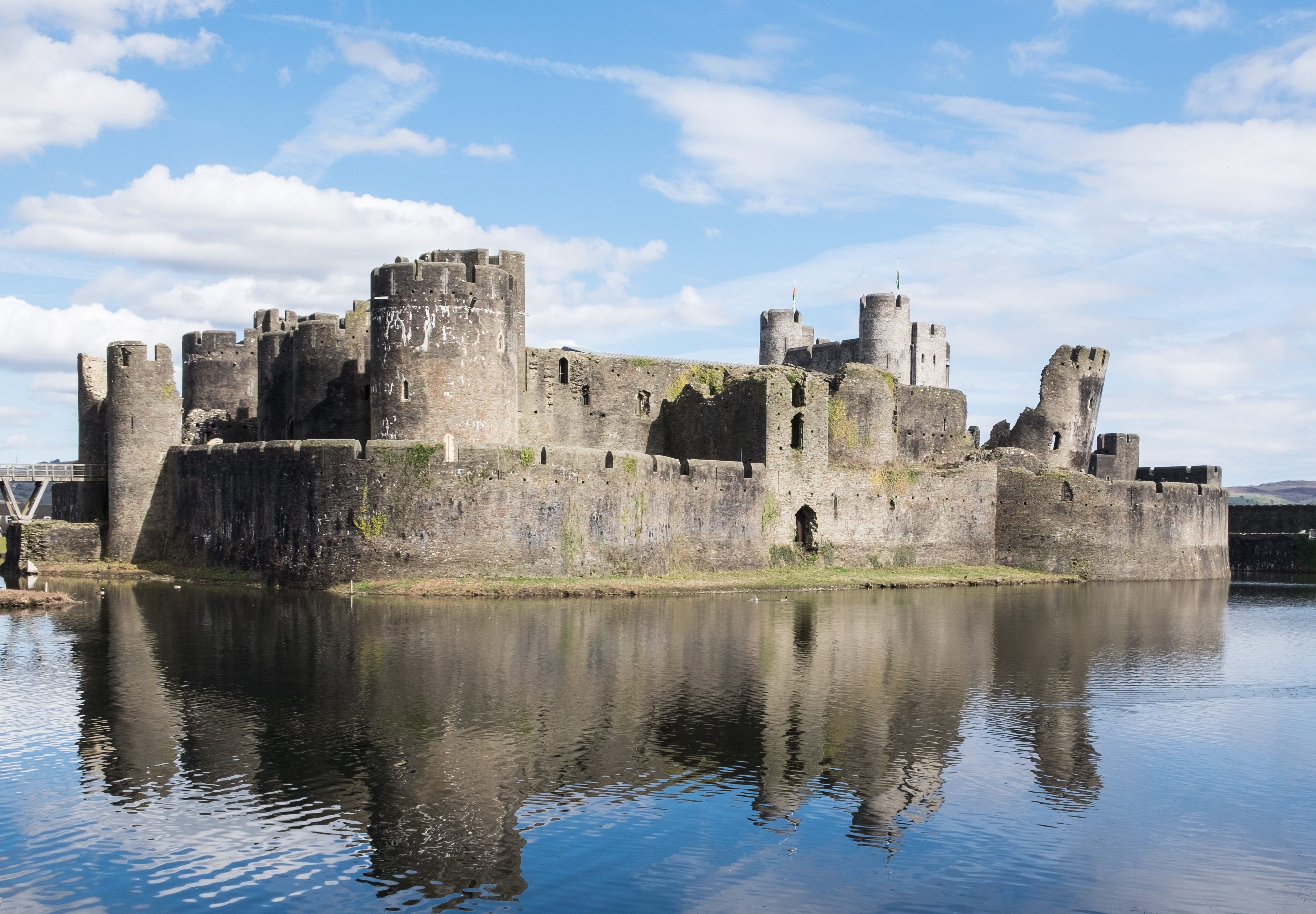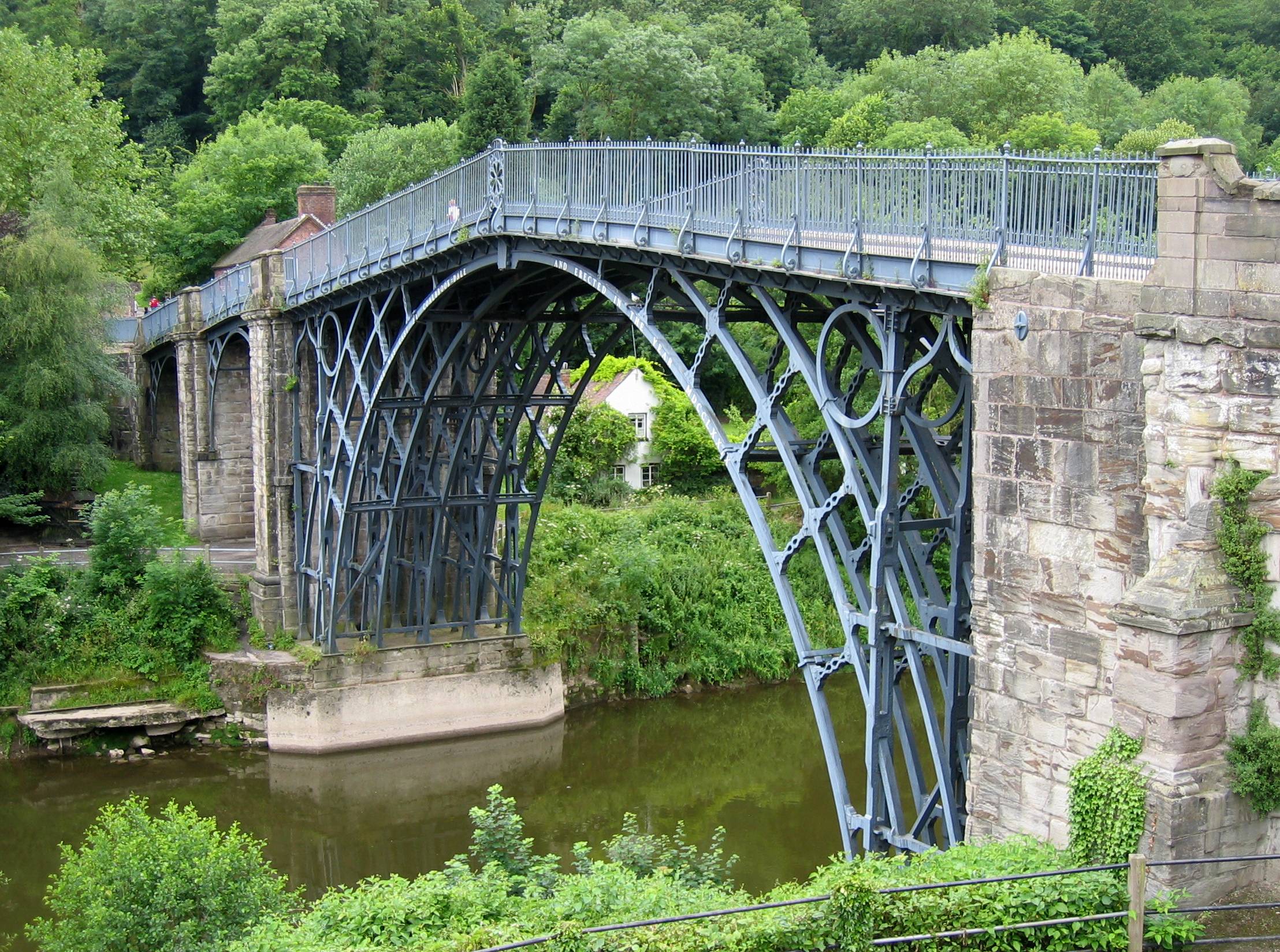|
Rhymney Valley Ridgeway Walk
The Rhymney Valley Ridgeway Walk is a waymarked long distance footpath in the UK forming a circular walk in the Rhymney Valley area of South Wales.Rhymney Valley Ridgeway Walk - Long Distance Walker's Association accessed 1 November 2013 accessed 1 November 2013. Distance The Rhymney Valley Ridgeway Walk is approximately 45 kilometres (~28 miles) long.Route The walk route starts at and heads south down the |
Long Distance Footpath
A long-distance trail (or long-distance footpath, track, way, greenway) is a longer recreational trail mainly through rural areas used for hiking, backpacking, cycling, horse riding or cross-country skiing. They exist on all continents except Antarctica. Many trails are marked on maps. Typically, a long-distance route will be at least long, but many run for several hundred miles, or longer. Many routes are waymarked and may cross public or private land and/or follow existing rights of way. Generally, the surface is not specially prepared, and the ground can be rough and uneven in areas, except in places such as converted rail tracks or popular walking routes where stone-pitching and slabs have been laid to prevent erosion. In some places, official trails will have the surface specially prepared to make the going easier. Historically Historically, and still nowadays in countries where most people move on foot or with pack animals, long-distance trails linked far away ... [...More Info...] [...Related Items...] OR: [Wikipedia] [Google] [Baidu] |
Recreational Walks In Wales
Recreation is an activity of leisure, leisure being discretionary time. The "need to do something for recreation" is an essential element of human biology and psychology. Recreational activities are often done for enjoyment, amusement, or pleasure and are considered to be "fun". Etymology The term ''recreation'' appears to have been used in English first in the late 14th century, first in the sense of "refreshment or curing of a sick person", and derived turn from Latin (''re'': "again", ''creare'': "to create, bring forth, beget"). Prerequisites to leisure People spend their time on activities of daily living, work, sleep, social duties and leisure, the latter time being free from prior commitments to physiologic or social needs, a prerequisite of recreation. Leisure has increased with increased longevity and, for many, with decreased hours spent for physical and economic survival, yet others argue that time pressure has increased for modern people, as they are committed to too ... [...More Info...] [...Related Items...] OR: [Wikipedia] [Google] [Baidu] |
Thru-hiking
Thru-hiking, or through-hiking, is the act of hiking an established end-to-end trail or long-distance trail with continuous footsteps. In the United States, the term is most commonly associated with the Appalachian Trail (AT), the Pacific Crest Trail (PCT), and the Continental Divide Trail (CDT), but may also refer to other end-to-end hikes. Other examples of thru-hikes include Te Araroa in New Zealand, the Camino de Santiago in Spain and France, the HexaTrek in France, the Via Francigena in France and Italy, the Va Sentiero in Italy, the Lycian Way in Turkey, the Israel National Trail, and the Great Divide Trail (GDT) in Canada. The Appalachian Trail Conservancy (ATC) defines a thru-hike as a hike of the entire AT in 12 months or less. A “2,000-miler” is a hiker who has walked the entire length of the AT and reported his or her hike completion to the ATC, which has kept records of thru-hike completions since 1937. (The ATC uses the term “2,000-miler” since the ... [...More Info...] [...Related Items...] OR: [Wikipedia] [Google] [Baidu] |
Roman Britain
Roman Britain was the period in classical antiquity when large parts of the island of Great Britain were under occupation by the Roman Empire. The occupation lasted from AD 43 to AD 410. During that time, the territory conquered was raised to the status of a Roman province. Julius Caesar invaded Britain in 55 and 54 BC as part of his Gallic Wars. According to Caesar, the Britons had been overrun or culturally assimilated by other Celtic tribes during the British Iron Age and had been aiding Caesar's enemies. He received tribute, installed the friendly king Mandubracius over the Trinovantes, and returned to Gaul. Planned invasions under Augustus were called off in 34, 27, and 25 BC. In 40 AD, Caligula assembled 200,000 men at the Channel on the continent, only to have them gather seashells ('' musculi'') according to Suetonius, perhaps as a symbolic gesture to proclaim Caligula's victory over the sea. Three years later, Claudius directed four legi ... [...More Info...] [...Related Items...] OR: [Wikipedia] [Google] [Baidu] |
Ruperra Castle
Ruperra Castle or Rhiwperra Castle is a Grade II* Listed building and Scheduled Ancient Monument, situated in Lower Machen in the county borough of Caerphilly, Wales. It was built in 1626, now it is in a ruined condition. History Built in 1626 by Sir Thomas Morgan, Steward to the Earl of Pembroke, it was one of the first of the 'mock' castles to be built in Wales. King Charles I spent two nights at Ruperra Castle in 1645 shortly after the Battle of Naseby. Resultantly the royal coat of arms was added to the decoration on the South Porch, and the present public footpath from Rudry to the Castle is still known as "King's Drive." It was bought as his home by wealthy John Morgan "the merchant" for 12,400 pounds. He was unmarried and it was consolidated on his death in 1715 into the Tredegar estates of the Morgan family. It was destroyed by fire in 1785, and rebuilt, resultantly became home, especially in the 19th century, to the heir of the estate. Godfrey Charles Morgan, 2nd ... [...More Info...] [...Related Items...] OR: [Wikipedia] [Google] [Baidu] |
Caerphilly Castle
Caerphilly Castle ( cy, Castell Caerffili) is a medieval fortification in Caerphilly in South Wales. The castle was constructed by Gilbert de Clare in the 13th century as part of his campaign to maintain control of Glamorgan, and saw extensive fighting between Gilbert, his descendants, and the native Welsh rulers. Surrounded by extensive artificial lakes – considered by historian Allen Brown to be "the most elaborate water defences in all Britain" – it occupies around and is the largest castle in Wales and the second-largest castle in the United Kingdom after Windsor Castle. It is famous for having introduced concentric castle defences to Britain and for its large gatehouses. Gilbert began work on the castle in 1268 following his occupation of the north of Glamorgan, with the majority of the construction occurring over the next three years at a considerable cost. The project was opposed by Gilbert's Welsh rival Llywelyn ap Gruffudd, leading to the site being burnt in 1270 ... [...More Info...] [...Related Items...] OR: [Wikipedia] [Google] [Baidu] |
Coal
Coal is a combustible black or brownish-black sedimentary rock, formed as rock strata called coal seams. Coal is mostly carbon with variable amounts of other elements, chiefly hydrogen, sulfur, oxygen, and nitrogen. Coal is formed when dead plant matter decays into peat and is converted into coal by the heat and pressure of deep burial over millions of years. Vast deposits of coal originate in former wetlands called coal forests that covered much of the Earth's tropical land areas during the late Carboniferous ( Pennsylvanian) and Permian times. Many significant coal deposits are younger than this and originate from the Mesozoic and Cenozoic eras. Coal is used primarily as a fuel. While coal has been known and used for thousands of years, its usage was limited until the Industrial Revolution. With the invention of the steam engine, coal consumption increased. In 2020, coal supplied about a quarter of the world's primary energy and over a third of its electricity. Some iron ... [...More Info...] [...Related Items...] OR: [Wikipedia] [Google] [Baidu] |
Industrial Archaeology
Industrial archaeology (IA) is the systematic study of material evidence associated with the industrial past. This evidence, collectively referred to as industrial heritage, includes buildings, machinery, artifacts, sites, infrastructure, documents and other items associated with the production, manufacture, extraction, transport or construction of a product or range of products. The field of industrial archaeology incorporates a range of disciplines including archaeology, architecture, construction, engineering, historic preservation, museology, technology, urban planning and other specialties, in order to piece together the history of past industrial activities. The scientific interpretation of material evidence is often necessary, as the written record of many industrial techniques is often incomplete or nonexistent. Industrial archaeology includes both the examination of standing structures and sites that must be studied by an excavation. The field of industrial arch ... [...More Info...] [...Related Items...] OR: [Wikipedia] [Google] [Baidu] |
Cefn Y Brithdir
Cefn y Brithdir is the name given to the broad ridge of high ground between the Rhymney Valley (Welsh: Cwm Rhymni) and Cwm Darran in the Valleys region of South Wales. It lies within the unitary area of Caerphilly. The northwest–southeast aligned ridge whose top surface is plateau-like, achieves a height of 477m at the summit of Pen Garnbugail (OS grid ref SO 100037). There are significant subsidiary tops of 446m to the southeast at OS grid ref SO 114049 and, to the north, of just over 460m at Mynydd Fochriw (OS grid ref SO 099047). To the south it drops away to the confluence of the Nant Bargod Rhymni with the Rhymney River. To the northwest it falls to a broad saddle at around 360m between Pontlottyn and Fochriw. Much of its western flanks are afforested with conifer plantations. There are numerous cairns, house platforms and other archaeological features scattered across the area. A Roman road is recorded as crossing the eastern slopes of Pen Garnbugail. Geology The entire ... [...More Info...] [...Related Items...] OR: [Wikipedia] [Google] [Baidu] |
Rhymney Valley
The Rhymney Valley () is one of the South Wales valleys, with the Rhymney River forming the border between the historic counties of Glamorgan and Monmouthshire. Between 1974 and 1996 a Rhymney Valley local government district also existed (one of six of Mid Glamorgan).Davies (2008), p. 755 The valley encompasses the villages of Abertysswg, Fochriw, Pontlottyn, Tir-Phil, New Tredegar, Nelson, Aberbargoed, Rhymney, Ystrad Mynach and Llanbradach, and the towns of Bargoed and Caerphilly. Geography Created as a glacial valley, now the Rhymney River flows largely south to Rumney, a district of Cardiff. The river is the ancient boundary between Glamorgan and Monmouthshire. Groesfaen, Deri, Pentwyn and Fochriw are located in the Darran Valley and not the Rhymney Valley. This valley joins the Rhymney Valley at Bargoed Llanbradach is a large village in the Rhymney Valley between Ystrad Mynach and Caerphilly, History This valley is one of the South Wales Valleys, and its history large ... [...More Info...] [...Related Items...] OR: [Wikipedia] [Google] [Baidu] |
Machen
Machen (from Welsh language, Welsh ' "place (of)" + ', a personal name) is a large village three miles east of Caerphilly, south Wales. It is situated in the Caerphilly (county borough), Caerphilly borough within the Historic counties of Wales, historic boundaries of Monmouthshire (historic), Monmouthshire. It neighbours Bedwas and Trethomas, and forms a Bedwas, Trethomas and Machen, council ward in conjunction with those communities. It lies on the Rhymney River. Mynydd Machen (Machen Mountain) provides a view over the village. It is possible to walk up to and along the top of the mountain, where a number of large boulders are present. Machen has a successful boules (petanque) team that are located at the rugby club. The team has had a team in the first Division of the boules in Gwent (BIG) league for the last 4 years. Industrial history Machen was a village rooted in the iron and coal industries stretching from the 17th Century. Though little trace remains, the village was ... [...More Info...] [...Related Items...] OR: [Wikipedia] [Google] [Baidu] |






